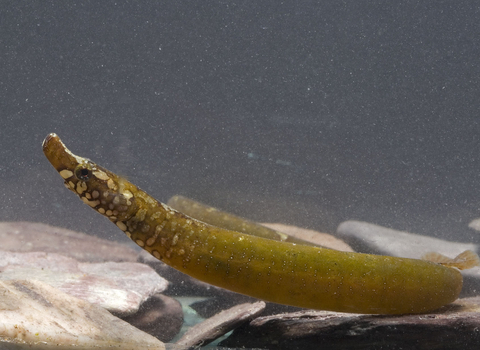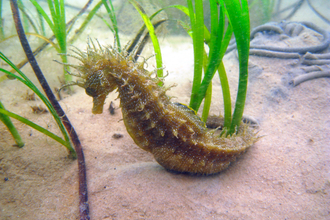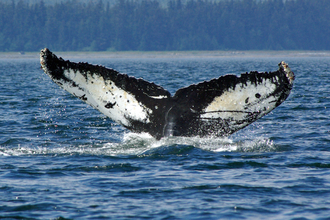
worm pipefish by Paul Naylor
Worm pipefish
The last thing you’d expect this extraordinary creature to be is a fish!
Scientific name
Nerophis lumbriciformisWhen to see
April-October. Egg carrying males can be seen from May-August.Species information
Statistics
Up to 15cm longConservation status
Common





